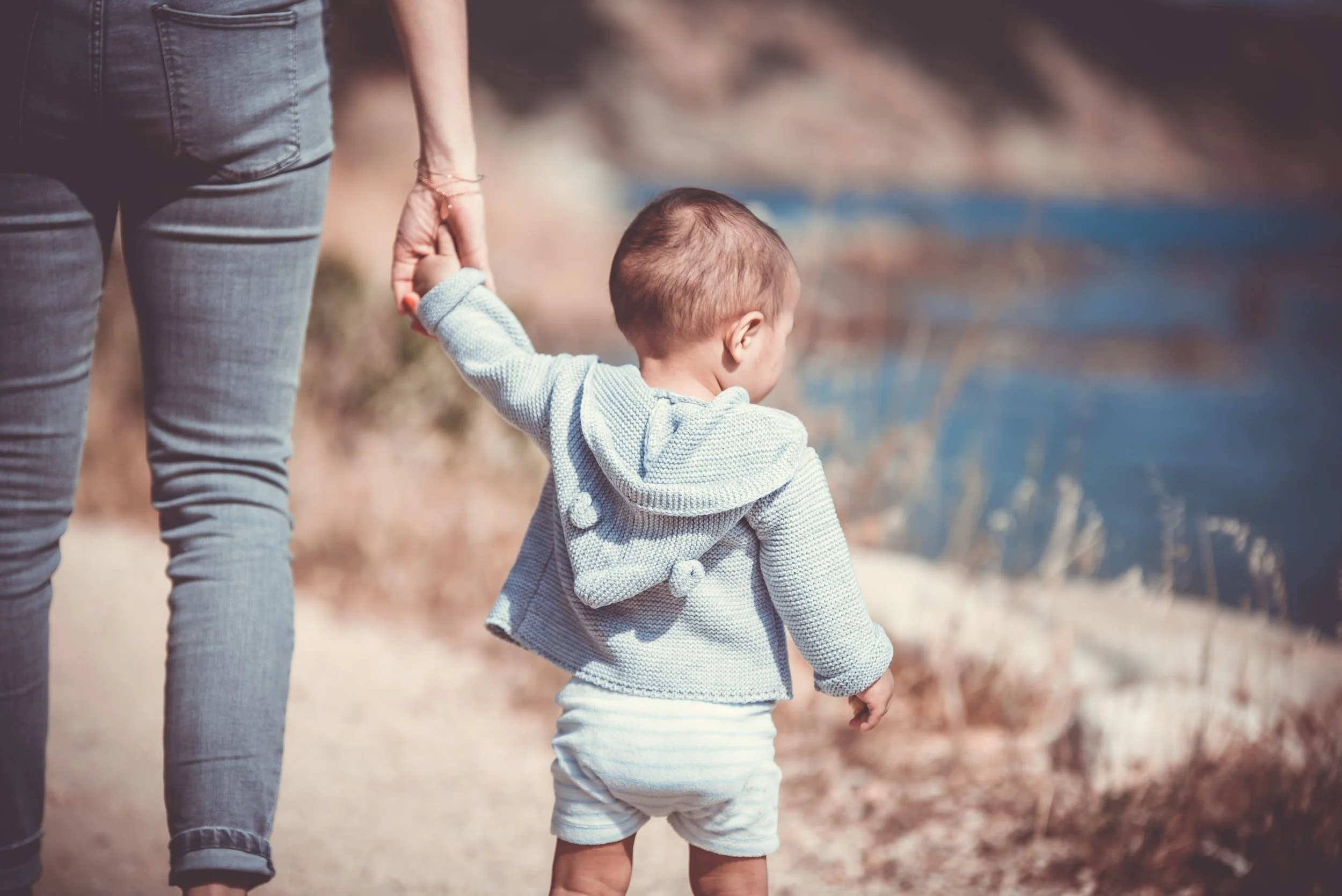Attachment - Finding Home
As they say:
We marry someone who reminds us of our parent(s).
Can it be true? Be honest — do your close relationships make you feel the way your parents did? For example, when your partner goes on and on, does it feel like when your dad used to lecture you? Or when your friend gets too nosy, does it feel like when your mother used to snoop in your room? Have you been in a relationship that makes you as miserable as the worst parts of your childhood, but then you’ve struggled to leave the relationship for reasons that were hard for anyone (including you) to understand?
At the core of this phenomenon is attachment theory and our attachment style. Attachment theory, summarized is just this: as babies/children we develop a system and a style for relating to people, and as adults we find relationships that confirm and reinforce that system and style.
Why do we do this?
To illustrate this: when my spouse and I were house shopping many years ago, we told the real estate agent what we needed: number of bedrooms, bathrooms, proximity to train station, etc. The agent showed us many suitable homes for our budget - a nice ranch, a split level, a cute bungalow with a brand new kitchen - but I kept saying they didn’t “feel like home.” In the end we chose a house that looked almost exactly like the one I grew up in, a little grey cape with living room in front, kitchen in back, and stairs right up the middle. That’s what I grew up with and to me, that was home. The other houses could have been twice the size and I wouldn’t have wanted them.
Attachment is similar - we seek out the feeling of “home” even if home wasn’t so great.
When we are born, we are attachment machines - if we don’t figure out how to keep our parents coming back to care for us, then we perish. Attachment is literally a life or death matter and we are born equipped with awareness about when we are being cared for (and thus safe) and when we are not (and thus dangerously unsafe). We quickly find a pattern of relating that works for us and our caregiver(s), a dance with a specific character and flavor, blueprint for what being cared for feels like — what “home” is.
For example, if your mother was often annoyed by your needs, agitation will be part of your feeling of “home.” If your father was intermittent - sometimes warm, sometimes neglectful or harsh - then uncertainty and fear will be part of your feeling of “home.” If abuse was mixed in with your care, then confusion and vigilance will be threaded into your concept of “home”. Whatever it looked like, you recognized “home” and you were motivated to find your way back to it from every situation, as quickly and expediently as possible.
Decades later, as an adult, that feeling of being cared for (or “home”) persists in your nervous system, and you unconsciously continue to seek it out. If agitation is part of your blueprint for “home” then a romantic relationship that lacks this will feel wrong in some way - it might feel boring or incomplete, even if the relationship is functioning wonderfully! If “home” for you meant that sometimes your parent withdrew at unpredictable times and you felt a familiar wave of stress, then you will look for someone whose behaviors elicit that same stress response in you - even if you despise this(!) - all in service of finding “home.”
Bummer, right? So what do we do?
Here is what we DON’T do, tempting though it may be: we do NOT take our parents to task for being less than perfect attachment figures. No one can meet the needs of infants 100%, and even if somehow your parents could (and WOULD) change their ways today, your attachment patterns were set in the past, and they will persist until they heal.
If we really want to interrupt this pattern, we tend to our own attachment wounds.
When we recognize the difficult parts of our attachment history, in a healing space, then we can bring our adult knowledge and resources to it.
As we learn not to run from the painful states of before, we begin to see what’s underneath those pains - our innate wiring for healthy connection and attachment - and we become able to make more conscious decisions - we can learn that home can look and feel different, sometimes vastly so, from what we knew before. Enormous potential opens up.
It is possible to overcome these patterns. In fact, I consider healing attachment wounds to be a kind of birthright, a mature stage of living and loving that we are all meant to experience.
Reach out to learn more.

